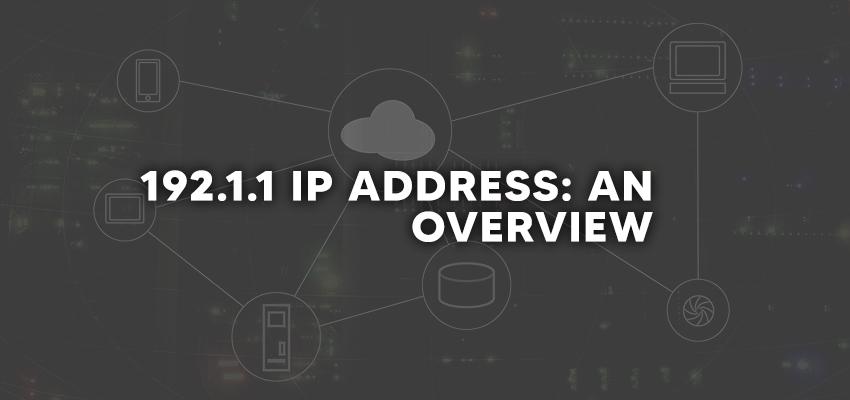
Use the security features of the NAS (which both of you have done, excellent)ĥ. If possible, have the the services that have to be open on not well known port numbers (it isn't a protection but will take a lot of background noise away)Ĥ. Forward ONLY those services that are absolutely necessary and be aware that every forwarded port is a security threatģ. Never ever use the DMZ-feature of a home router unless you're totally capable of handling the attacks that will happen on such a wide open serverĢ. The problem is 99.999 % not enough knowledge among the users managing their routers and servers.ġ.

#127.0 0.1 ip address software
I have seen that these forums are littered with these sorts of posts, so is it something to be concerned about, or just a software glitch causing these alerts?I can't remember having ever seen such a thread come to the conclusion that it was a malfunctioning in any of the devices (and if it happened, the problem is in the router). This one apparently from Shanghai Caohejing IDC of China Netcom:ġ724 Information 22:00:03 System 127.0.0.1 localhost "Remove IP: from ban list.ġ722 Warning 21:30:06 System 127.0.0.1 localhost Access Violation from 210.51.48.94 with TCP (port=22)ġ721 Warning 21:30:02 System 127.0.0.1 localhost Add IP: to ban list for 30 minutes. This attack apparently comes from Chinanet network in Wuhan city Hubei province:Ģ137 Information 15:34:21 System 127.0.0.1 localhost "Remove IP: from ban list."Ģ136 Warning 15:29:14 Systemđ27.0.0.1 localhost Access Violation from 219.140.165.85 with TCP (port=22) Why actually are these lines reporting 127.0.0.1, which is an internal ip-address o some sorts, is this a trojan at work? Still I get these messages, whilst having disabled port forwarding and virtual server sat my Dlink Dir 825 router. My security level is medium (Deny connections from the list), and I ban violating ip- addresses forever. And, by 1981, 0 and 127 were the only reserved Class A networks.I'm getting these errors in my log frequently (see below). Well, the earliest mention of 127 as loopback dates back to November 1986 RFC 990.

You might also ask why the last network number was chosen to implement this. However, if you use any other numbers from the host portions, it should work fine and revert to 127.0.0.1. So, the first assignable address in the subnet is 127.0.0.1. However, it avoids connection to the local network interface hardware.īut, why does the localhost IP address starts with 127? Well, 127 is the last network number in a class A network. When you try to establish a network connection to the 127.0.0.1 loopback address, it works in the same manner as making a connection with any remote device. Most developers use local host 127.0.0.1 to test their applications before actually deploying it. Why they waited until the last network number to implement this? I don’t think it’s documented. You can try it yourself by pinging 127.1.1.1 if you’d like. The IPv6 standard assigns only a single address for loopback: ::1. However, they can be used to set up multiple server applications on the host, all listening on the same port number.


But using any other numbers for the host portion should work fine and revert to using 127.0.0.1. The address 127.0.0.1 is the standard address for IPv4 loopback traffic the rest are not supported by all operating systems. 127.0.0.0 cannot be used because that would be the wire number.
#127.0 0.1 ip address windows
127.0.0.1 is the first assignable address in the subnet. I am trying to mount my Windows share through my Ubuntu box (no xwindow), but I continue to get. 127 is the last network number in a class A network with a subnet mask of 255.0.0.0.


 0 kommentar(er)
0 kommentar(er)
